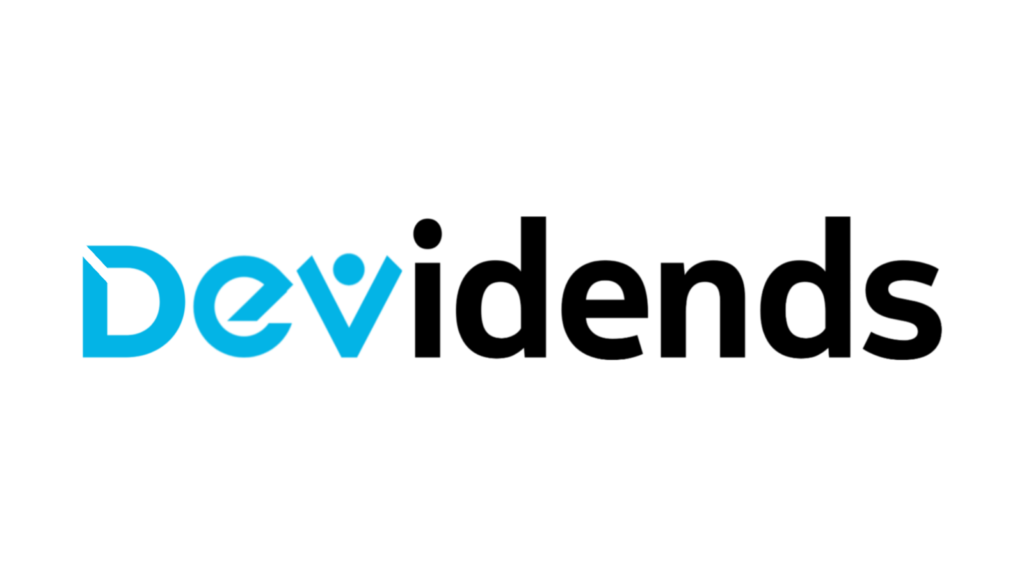

- Admin
- 3 Comment
In the last five years, there has been a shift in EU-Ethiopia development cooperation. Ever since the war in Tigray began, there has been a notable move away from the pre-conflict model of direct budgetary support to the government. Prior to the Tigray crisis, the EU was among Ethiopia’s largest donors and often provided funds directly to the government’s budget to support reforms. That approach abruptly changed when war broke out in November 2020, during which the EU swiftly suspended budget support (about €88 million) amid humanitarian access and human rights concerns.
In the ensuing years, Brussels channeled aid through alternative means: for example, in 2022 it approved a special €82 million package for health and education to be delivered via NGOs instead of the government.
The 2024–2027 Programme at a Glance
- The Green Deal,
- Human Development, and
- Governance & Peacebuilding.
Each priority area in the MIP reflects broader changes in Ethiopia’s development landscape and the EU’s focus on aligning aid with both local needs and global goals. Below, we delve into each area and how it shows the shift in EU engagement.
1. Green Deal: Driving Climate-Resilient Growth
The Green Deal priority (allocated roughly €260 million) supports Ethiopia’s push for sustainable and climate-resilient growth. This marks a pivot to quality growth after years of climate stress and unsustainable practices. Key emphases include:
Sustainable agri-food value chains – modernizing Ethiopia’s agriculture and exports in an ecofriendly way. The EU-Ethiopia partnership is investing in greener, high-value agriculture, with a focus on export value chains like coffee and horticulture. By improving standards and practices for these staples, the program aims to boost smallholder incomes and ensure Ethiopian coffee and produce can thrive in European markets, all while promoting environmental stewardship (e.g. compliance with EU phytosanitary and deforestation standards).
Renewable energy and climate adaptation – catalyzing clean energy investments and resilience to climate change. Ethiopia has abundant renewable energy potential (solar, hydro, wind), and the MIP seeks to trigger innovative financing and private investment to expand the electricity grid and offgrid renewable solutions . Projects under this pillar are geared toward a highly decarbonized energy system, rural electrification, and climate adaptation initiatives (such as water resource management and drought resilience), in line with Ethiopia’s green transition strategy.
By prioritizing green growth, the EU’s new aid mirrors Ethiopia’s needs for climate-aligned recovery – addressing the droughts, floods, and environmental degradation that exacerbate conflicts and poverty. It also advances EU global objectives (Paris Agreement goals and the Global Gateway’s climate focus) while supporting Ethiopia’s own Climate Resilient Green Economy ambitions.
2. Human Development: Rebuilding Services and Skills
The Human Development priority (about €228 million) centers on restoring and improving the quality of life for Ethiopians, especially after the disruptions of conflict. This area broadens support for essential social services and inclusive growth. Its focus areas include:
Reconstruction of basic services – helping the government get education, healthcare, and social protection back on track in war-affected regions. The EU funding will build on emergency aid from 2021–2022 and shift toward rehabilitating schools, clinics, and water services so that communities can recover . For instance, damaged schools might be rebuilt and supplied, and primary healthcare strengthened (including mental health support for trauma-affected populations). There’s also attention to social safety nets to protect vulnerable groups from destitution in the face of
shocks.
Education and digital skills development – investing in Ethiopia’s youth through improved learning and job training, with an eye on the future economy. A flagship example is support for Technical and Vocational Education and Training (TVET), particularly with a digital twist. The EU is funding programs to expand digital infrastructure in TVET institutions and update curricula, equipping young people with market-relevant digital skills. By promoting digital literacy and e-learning (for instance, coding, IT, and online entrepreneurship training), the aim is to increase youth employability and spur job creation in new sectors.
Migration and displacement support – integrating Ethiopia’s large internally displaced and refugee populations into the development agenda. While humanitarian aid addresses immediate needs, the MIP’s development funding works on longer-term solutions such as local integration of displaced people, livelihood support for returnees, and education for refugee children. This component recognizes that human development in Ethiopia cannot ignore the millions uprooted by conflict and climate events; it aligns with EU priorities on managing migration by tackling root causes and improving conditions on the ground.
This support package is a response to Ethiopia’s longstanding as well as recent and evolving needs. A youthful population in need of opportunities, regions recovering from war damage, and a society that requires resilience against both conflict and climate shocks.
3. Governance & Peacebuilding
The Governance and Peacebuilding priority (€156 million) directly addresses Ethiopia’s political transition and the need to consolidate peace. This pillar acknowledges that sustainable development rests on improvements in governance, rule of law, and the healing of societal wounds from conflict. It covers three interrelated domains :
Economic governance – supporting policy and institutional reforms that steer Ethiopia toward a private-sector-led, investment-friendly economy. This includes technical assistance for public financial management reforms, debt transparency, and creating a better business climate. By bolstering economic governance, the EU aims to help Ethiopia implement the tough economic reforms it has committed to (like banking sector liberalization and state-owned enterprise reforms) and to pave the way for an IMF program that could make further support available.
Democratic governance – promoting human rights, inclusive decision-making, and the rule of law. After a tumultuous period, there is a need to strengthen institutions like the justice system and electoral processes. The EU’s program will likely back initiatives such as electoral cycle support, civil society capacity building, and gender equality programs to make sure women and minorities have a voice.
Peacebuilding and reconciliation – aiding efforts that promote social cohesion and peace after the conflict. This ranges from community-level peace dialogues and reconciliation processes to more formal endeavors like the national dialogue and transitional justice initiatives. Under the MIP, that support could translate into funding for the national reconciliation commissions, trauma healing programs, and reintegration of ex-combatants.
Opportunities and Adaptation in Ethiopia’s Development Sector
The shift in the EU’s aid strategy carries important implications for consultants, implementers, and other donors working in Ethiopia. For international development contractors and NGOs, the move away from budget support to project-based funding translates into a surge of new programs and calls for proposals.
Instead of funds simply being integrated into the government budget, money will be routed through defined projects, whether EU-delegation managed initiatives, grants to civil society, or co-financed programs with EU member states. This means there will be competitive tenders for technical assistance, service delivery, capacity building, and construction under the MIP’s priority areas.
Organizations with expertise in green value chains, digital education (TVET), public sector reform, or peacebuilding will find expanded opportunities to bid on EU-funded work. The emphasis on transparency and results also implies that the EU will be looking for implementing partners with strong monitoring and evaluation capabilities and those who can align with EU standards (for example, environmental and social safeguards).
For Ethiopian institutions and local partners, the new modality may require adjustments as well. Ministries and regional authorities will still receive support but likely via specific agreements and with heavier involvement of EU oversight or international partners. This could actually build capacity in the long run since as projects often come with technical advisors and stringent financial controls, but it could slow down the disbursement compared to direct budget injections. The government will engage in policy dialogue with the EU (to ensure projects align with national priorities), while implementing partners handle day-to-day execution.
Although this is a working dynamic is not new, consultants navigating these projects should be mindful of this relationship (EU, government, implementer) and the compliance expectations that come with EU funding.
We may also see European member states and other partners (like the World Bank and African Development Bank) coordinating their funding with the EU priorities. There is likely to be a greater focus on joint programming and delegated cooperation, where one donor manages funds on behalf of others to reduce overlap.
Development practitioners should stay attuned to these partnerships, as they can open up multi-donor funding streams and require collaborative approaches. Finally, staying informed about the evolving funding landscape is crucial. The EU’s 2024–2027 aid programming will roll out gradually, with periodic reviews and possible scaling up if conditions improve.
For those working in Ethiopia’s development sector – whether as consultants seeking contracts or NGOs looking for grants – it will pay to monitor EU policy updates and project announcements closely.
Devidends serves as discreet trackers of such opportunities, aggregating information on new EU-funded initiatives and upcoming tenders in Ethiopia’s aid sector. In a time of change, having a finger on the pulse of donor programs is invaluable. The EU’s shift to indirect aid delivery means more granular information (sector by sector projects, tender documents, calls for partners) will be available publicly and keeping an eye on these will help practitioners position themselves effectively.
